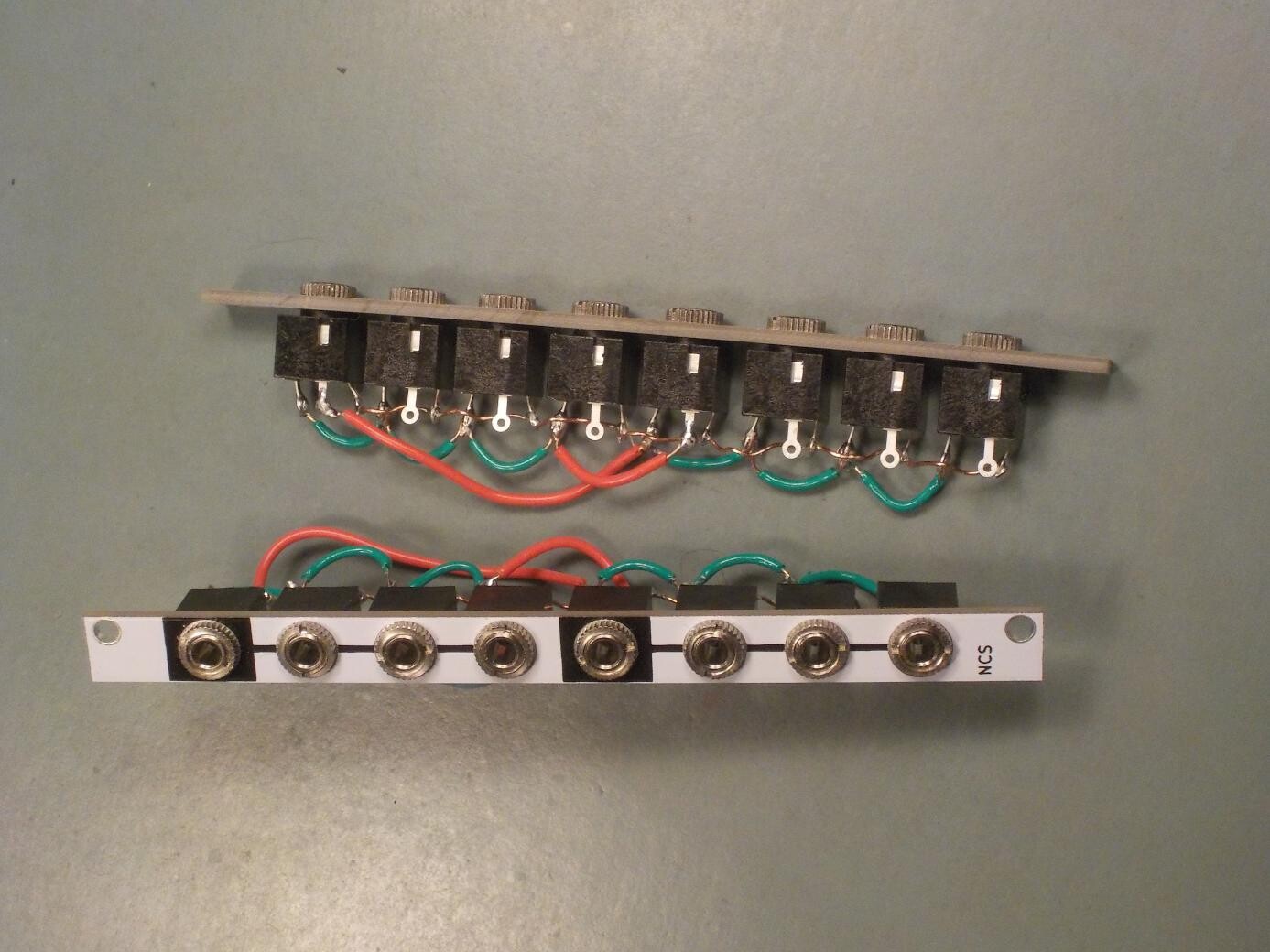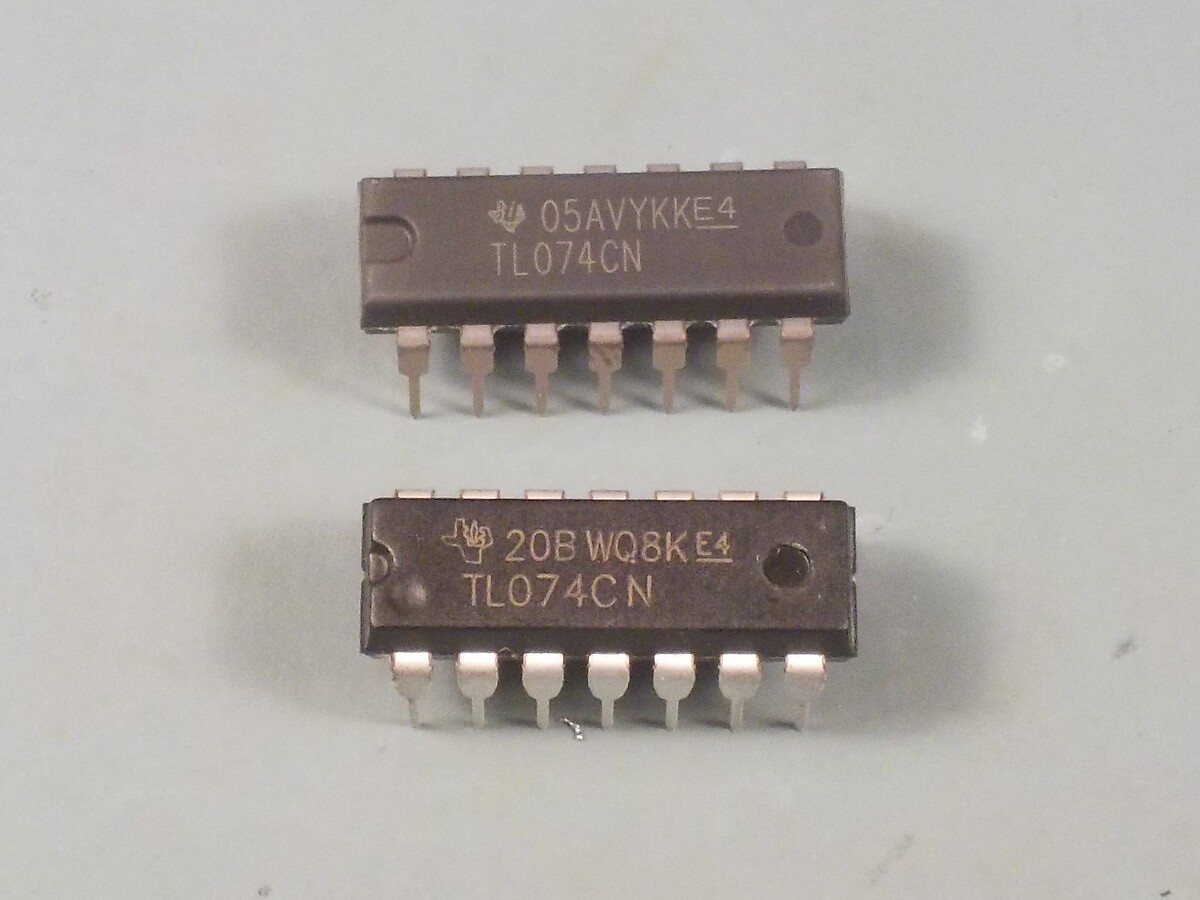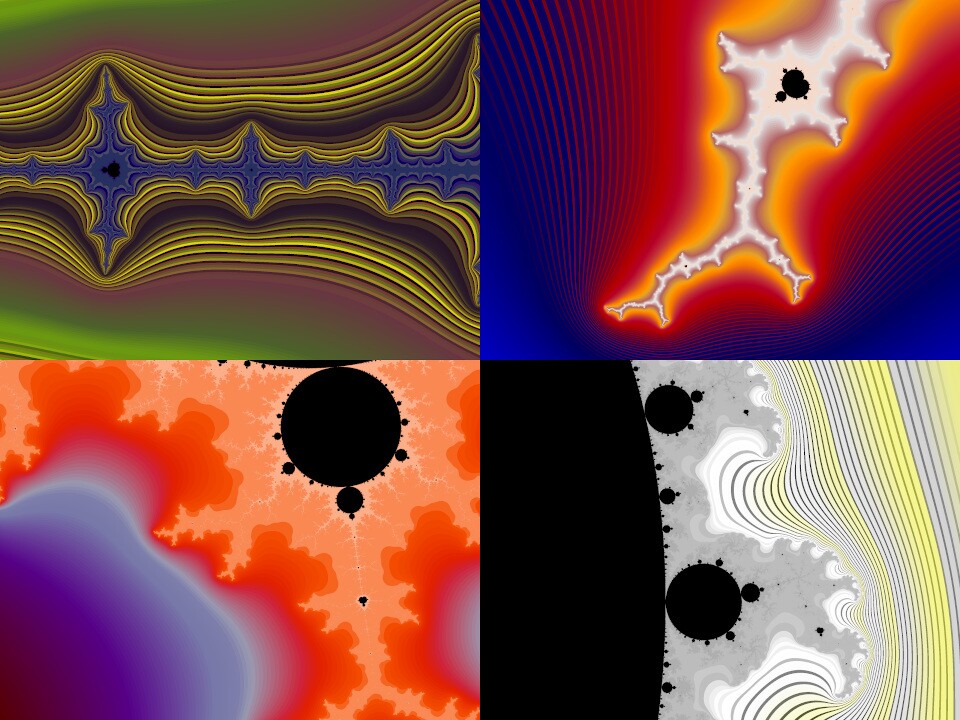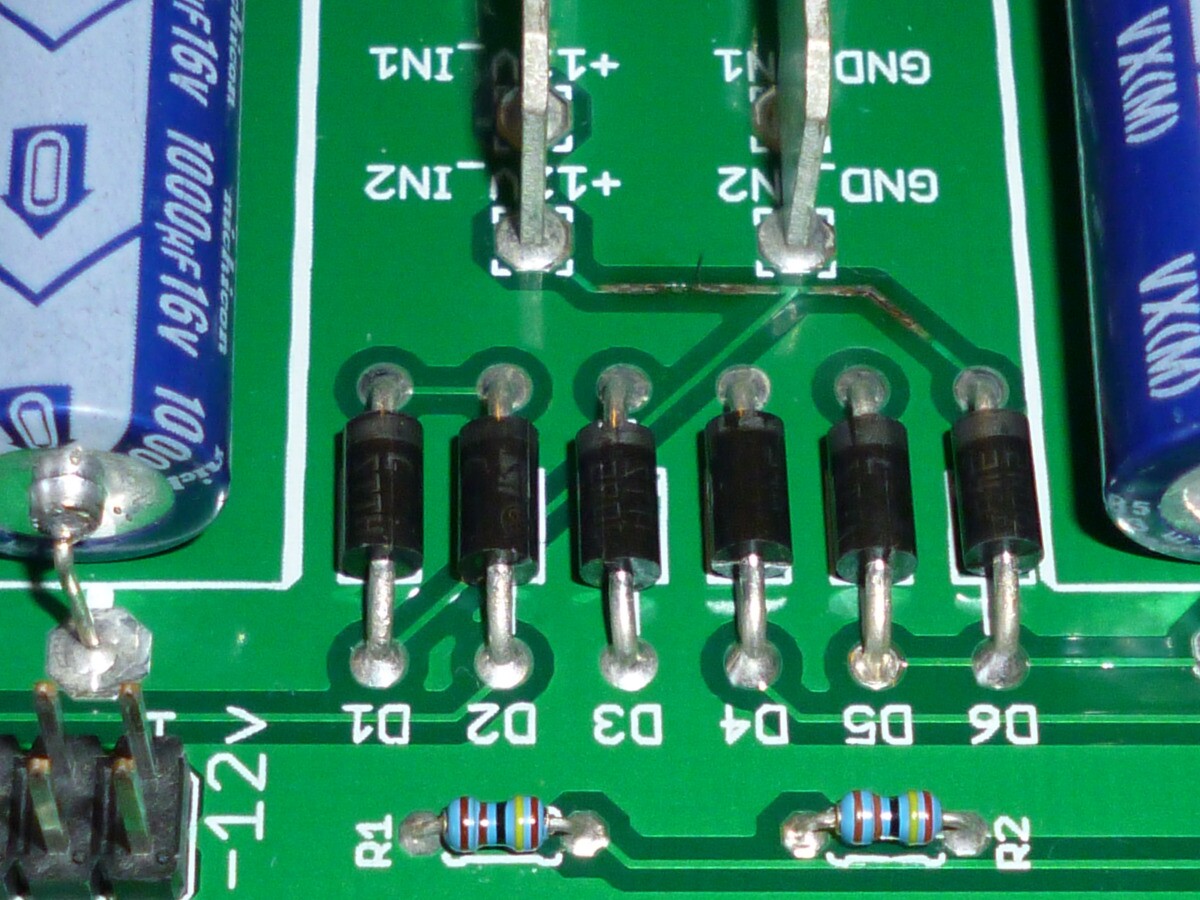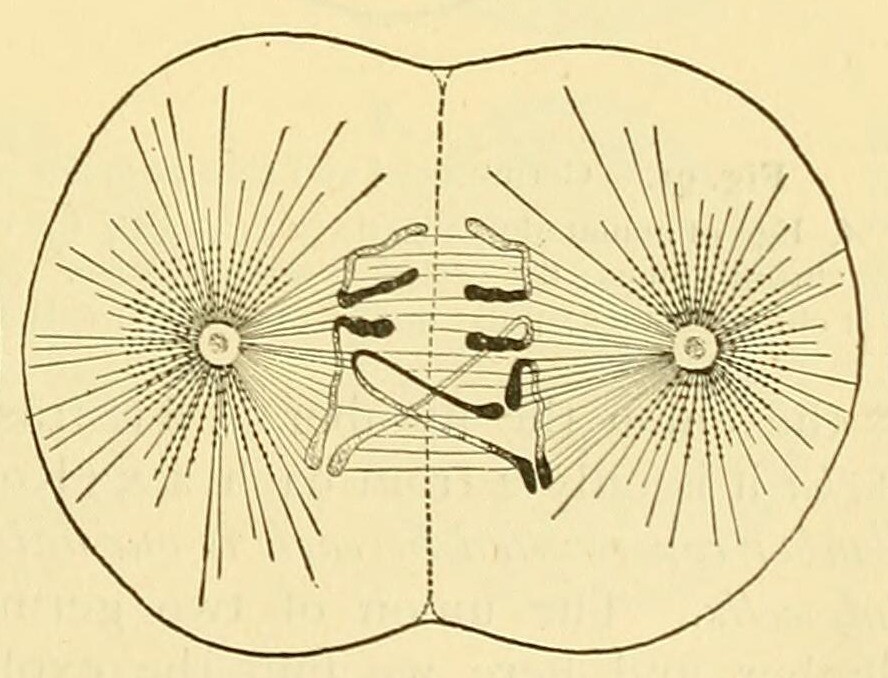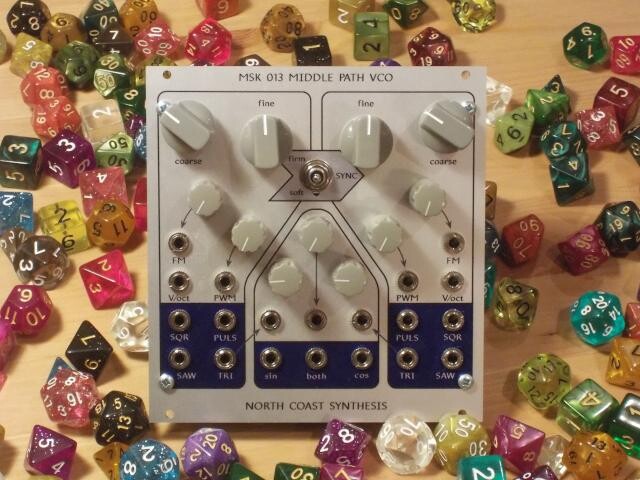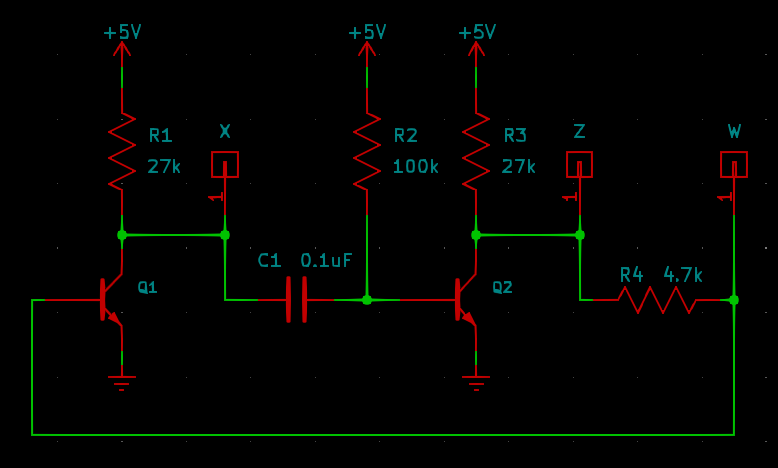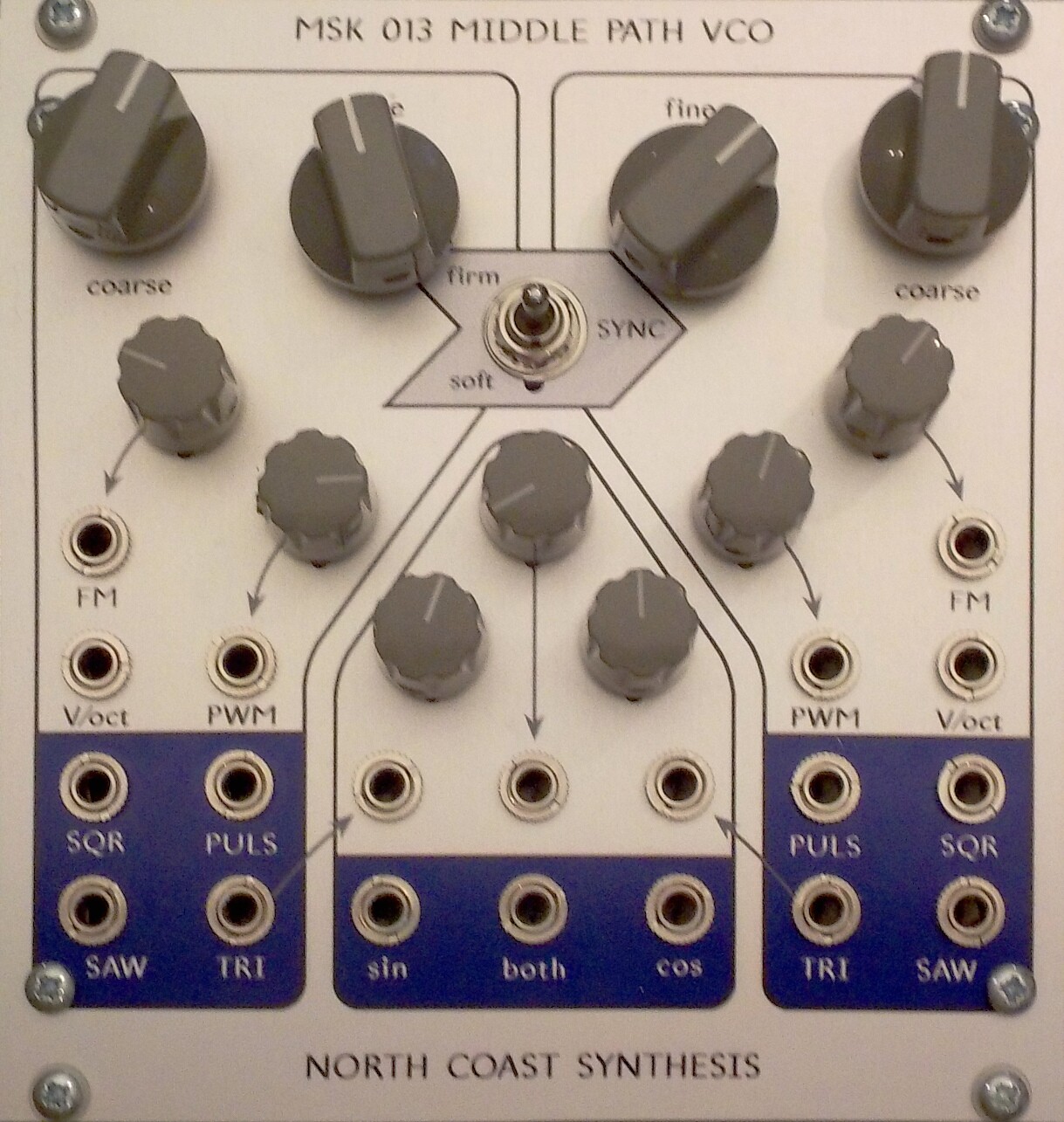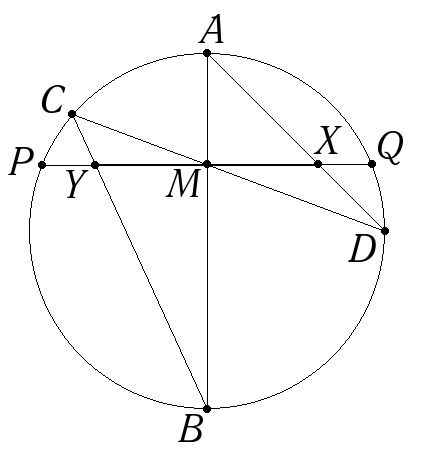Marbled and hydrographic panel gallery
As described in an earlier posting a month ago, I've been experimenting with painting and printing on a batch of defective Eurorack module front panels, trying to both salvage them into something usable and develop some techniques that will be useful in my future products. Here are some photos of my progress on marble painting and hydrographic dipping. READ MORE
Aconcagua
Every so often I come back to the idea of generating self-similar or "fractal" chord progressions by recursively applying grammar rules, as in my 2015 composition Dharmapala. I like the general method described in that article, but one thing I don't like so much about the finished piece is that it sounds the same all the way through. There's a little bit of "development" or shift in texture over the course of the piece, largely driven just by my performance-time changes to the synthesizer settings and the fact that I allow the notes to be chosen from a wider range toward the end. READ MORE
Panel painting photo gallery
Last year the contractors who make panels for my products had an issue with some newly-installed equipment and they shipped me a batch of panels with the wrong colours. Here's a comparison of a good panel (left) with one from the bad batch (right). READ MORE
Passive multiples and friends
Passive multiples are often recommended as first synthesizer do-it-yourself projects. There are a few reasons for that: they're simple modules without too many things that can go wrong; they're useful modules that almost everybody needs; the parts don't cost a whole lot; and they're an opportunity to practice soldering. READ MORE
Beware fake parts
There are a lot of counterfeit electronic parts in circulation. It's especially a problem with parts that are obsolete, hard to find, or expensive; sold privately in places like eBay or AliExpress at unusually low prices; and shipped from the People's Republic of China. However, just this week I had to deal with a batch of fake TL074 op amps from a well-known US distributor. Here are some notes that might help others avoid, or at least debug, similar problems. READ MORE
Listening longer to the Mandelbrot Set
I've long been interested in ways to sonify fractals, and I wrote an article here about Listening to the Mandelbrot Set in 2017. At that time, I was thinking of it as a way to generate a waveform: basically, imagine running a point along the (infinitely wiggly!) boundary of the set, making many complete circuits per second, and use the real and imaginary coordinates of the moving point as waveforms for synthesis. Then the entire Mandelbrot Set (often abbreviated to "M") defines a timbre that may be interesting, and which can be used as a musical building block. It's a little bit like putting a phongraph needle on the edge of the set and playing it like a record. READ MORE
December 2020 updates: shipping, Twitch
I'm looking forward to a little bit of relaxation in December. I won't be going on vacation this year as I usually would, and that means I can fill orders throughout December. However, my local post offices have become unsafely crowded on weekends through a combination of increased demand, closures and reduced hours, failure to enforce safety rules, and the general emergency conditions that prevail in Toronto at the moment. So until further notice, I will only be shipping out orders on weekdays (Monday to Friday). READ MORE
Vexations
Erik Satie was a French composer who lived around the turn of the 20th Century and did a number of bizarre things, including the creation of a piece of music called Vexations which was not published during his lifetime but which has fascinated people subsequently. It's a single page of music, written with strange notation, containing an instruction that has been translated as "In order to play the theme 840 times in succession, it would be advisable to prepare oneself beforehand, and in the deepest silence, by serious immobilities." Although what that's really intended to mean is not clear, it's often interpreted as saying that the music on the page should be repeated 840 times, which makes a performance of the complete piece on the order of 24 hours long. READ MORE
PCB design mistakes
Electronic design is sometimes imagined to begin and end with the schematic. Whoever drew the schematic gets the "designer" credit; hobbyists search the Web for "free schematics" and just assume they will encounter no issues getting from there to a working build; and technical documentation for modules (including my own) focuses on displaying and explaining a clear schematic rather than giving much or any coverage to the PCB design. READ MORE
Genome Jazz
The COVID-19 pandemic has made everybody interested in virology, and molecular biology more generally, and one of the cool things about living in the Future is that genome sequences have become accessible. Where it used to be the work of a person's entire career to maybe obtain just a fragment of the code for a single gene, now there are machines that can obtain a complete sequence for a sample in just hours or days. And unlike a lot of other scientific data, it's become the usual practice for gene sequences to be shared. Any ordinary person, not just a capital-S Scientist, can just go on the Web and download the sequences for genes. So here's one of my lockdown projects: using that public genome data for sonification. READ MORE
Logic, before ICs
So, you want a simple digital logic function in a synthesizer. Maybe it's an AND gate, or a couple of XORs, maybe as much as a shift register. How will you build it? READ MORE
Middle Path sample patches
I'm preparing for the release of the Middle Path VCO. That should be announced in the email newsletter within a few days. There will be only a few modules available in the first wave so I'm probably not going to do the big public announcement until a few weeks later when I've got more supply; other things going on in the world at this time have created some supply-chain problems for me and that's also one reason I haven't written much new content in this Web log for a while. I'd really like to be able to sell out the first batch of Middle Paths on just the newsletter announcement so that I can use the cash to get more parts for further production. Anyway, one of the last steps in the release process is to write up sample patches for the manual, and I figured those would also make a good Web log entry. READ MORE
What's Euclid got to do with it?
There's a lot of talk in modular synthesis circles about what people call "Euclidean" rhythms, which are claimed to exist in most kinds of traditional music around the world. Unfortunately, this concept is often oversold, and presented in a way that makes it sound much more complicated than it is. READ MORE
Design mistakes in synth schematics
There are a lot of bad synthesizer schematics on the Web, and it doesn't hurt their popularity. As a designer who tries to get everything right, it's somewhat disheartening to see designs with obvious, simple flaws get built commercially and cited as positive examples - and it's even worse when someone has trouble with one of my modules because they tried to connect it to the latest popular whiz-bang box which has bad levels or whatever and does not play nicely with others. In this article I'm going to talk about some of the problems I see time and time again both in free schematics published for DIY hobbyists, and in commercial modules. READ MORE



